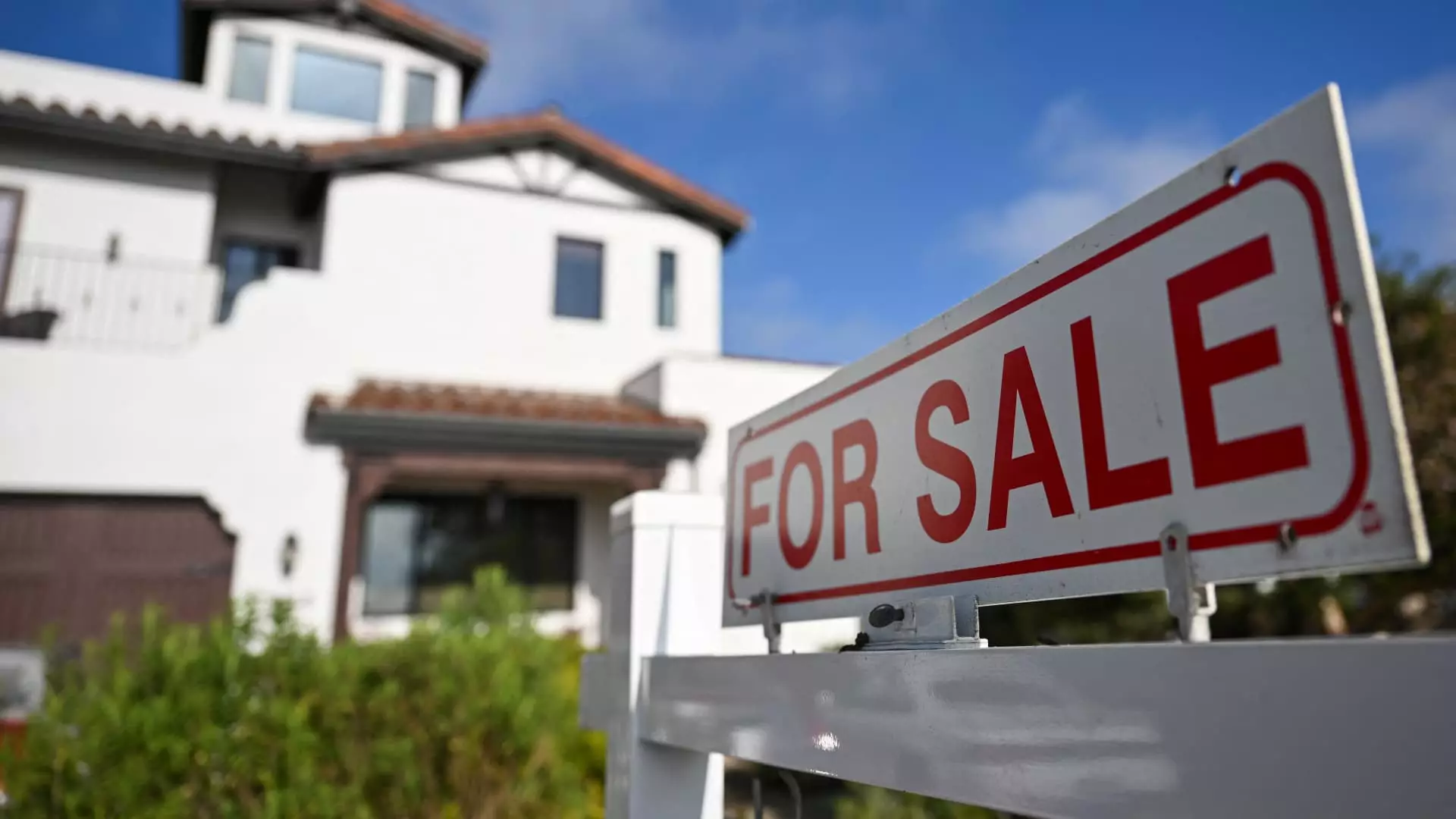In recent weeks, the housing market has experienced a noticeable shift, driven largely by an increase in mortgage interest rates. This abrupt change has led to a decline in demand from both homebuyers and homeowners looking to refinance. According to the Mortgage Bankers Association, there has been a 5.1% decrease in total mortgage application volume compared to the week prior. This statistic underscores the immediate impact that rising rates can have on the decision-making process for potential buyers and current homeowners alike.
The average interest rate for a 30-year fixed-rate mortgage has seen a significant uptick, climbing to 6.36% from 6.14%. This increase in rates is critical, particularly for conforming loan balances below $766,550, which are frequently sought after by first-time homebuyers and move-up buyers. The points associated with these loans have also observed a slight rise, indicating that borrowers face increased costs when securing financing. The current rates represent the highest levels seen since August, a worrying trend for those hoping to enter the housing market or refinance an existing mortgage.
Economic indicators from the previous week, such as the September jobs report, have fueled this upward trajectory in rates, signaling a strengthening economy that is likely prompting lenders to adjust their parameters accordingly. Mike Fratantoni, the chief economist at the Mortgage Bankers Association, emphasizes that responses to changing economic conditions can heavily influence mortgage rates and, by extension, the housing market.
The surge in refinancing applications that had characterized the previous months appears to have plateaued in light of rising rates. The 9% decline in refinancing applications from the last week, despite an overall increase of 159% from the same period last year, indicates a pivot in consumer behavior as homeowners reassess the feasibility of refinancing in a higher-rate environment. Fratantoni points out that conventional loan refinances, which generally involve larger loan amounts, have seen a more pronounced decrease than government-backed loans. This shift is critical for lenders as it reflects the sensitivity of borrowers to changes in rate conditions and the broader economic landscape.
While the overall number of mortgage applications for home purchases remained relatively stable with only a 0.1% drop, it is evident that consumer sentiment is under pressure. Although purchase demand is 8% higher compared to the same week a year ago, the landscape is increasingly complex. Home prices continue to climb, and while inventory has improved, there remains a scarcity of reasonably priced homes. This dynamic poses a challenge for new buyers, who find themselves navigating a market that is both competitive and increasingly expensive.
With prominent reporting from Mortgage News Daily indicating that mortgage rates soared further to average 6.62%, the outlook for potential homebuyers becomes even more daunting. According to Matthew Graham, chief operating officer at Mortgage News Daily, the rapid increase in rates might have plateaued for now, but it will take significant new data to truly shift this trend downward.
The current trajectory of mortgage rates is causing considerable hesitation among prospective homebuyers and refinancing homeowners. As the market grapples with rising rates and fluctuating home prices, stakeholders must remain vigilant to the changes that lie ahead.

